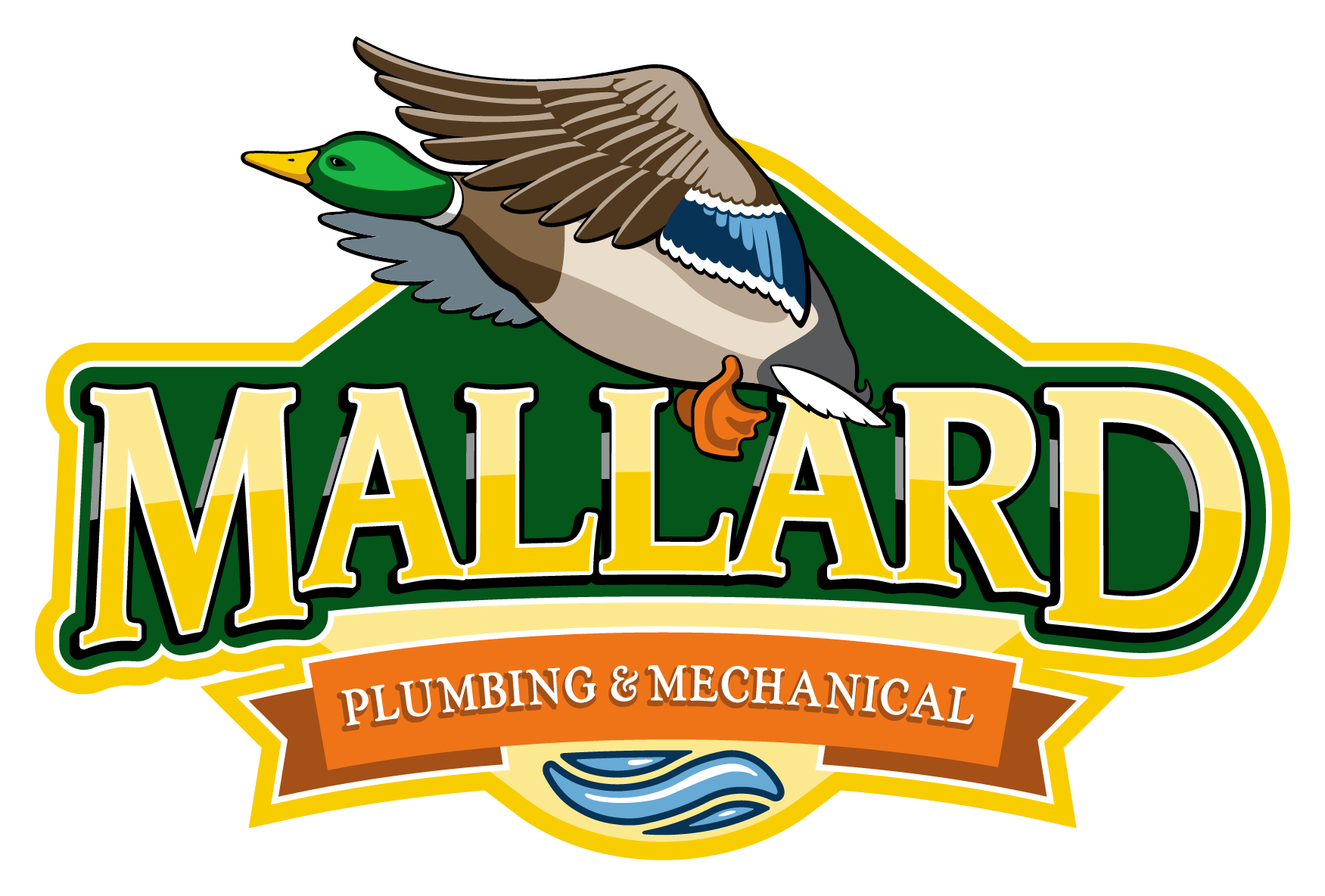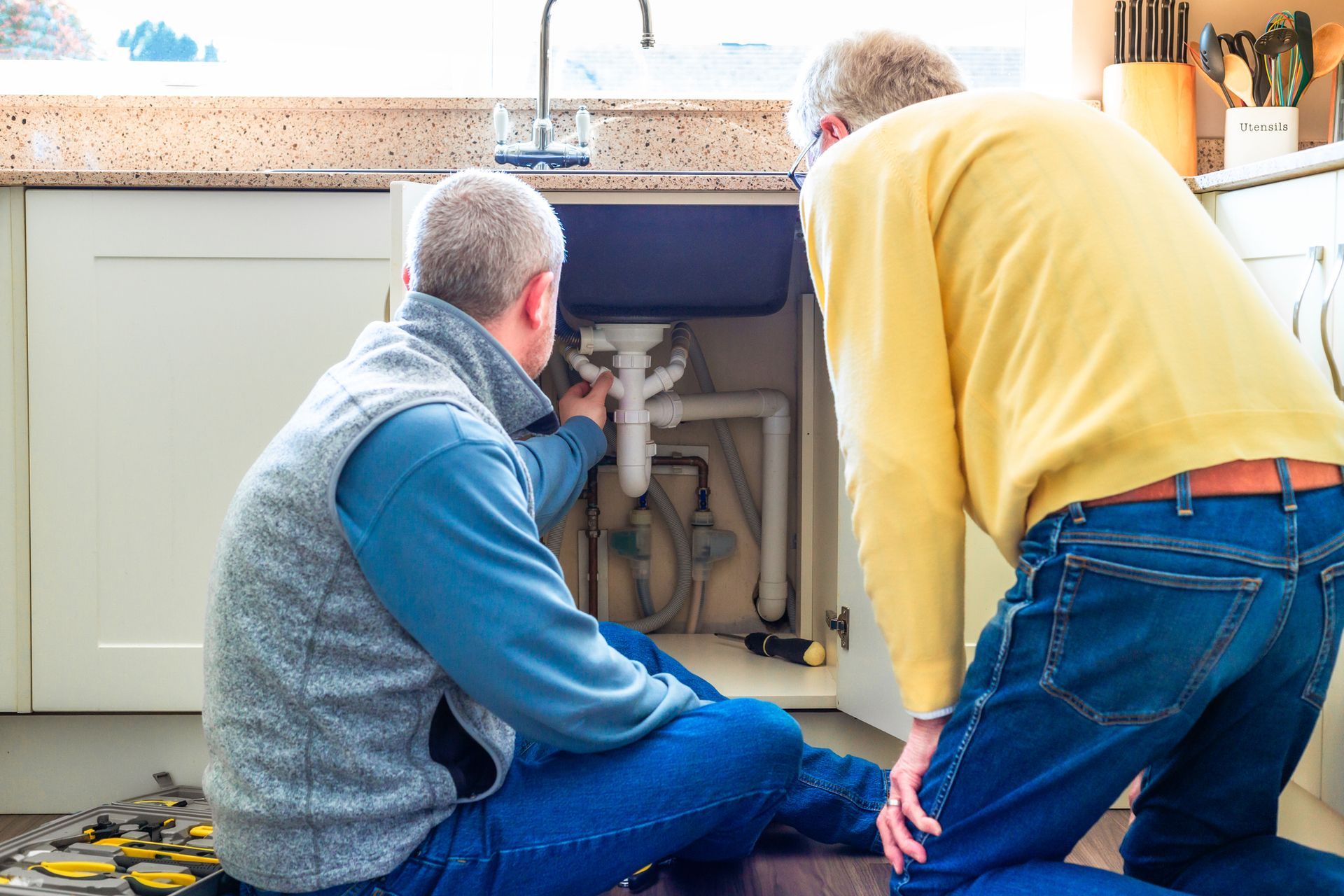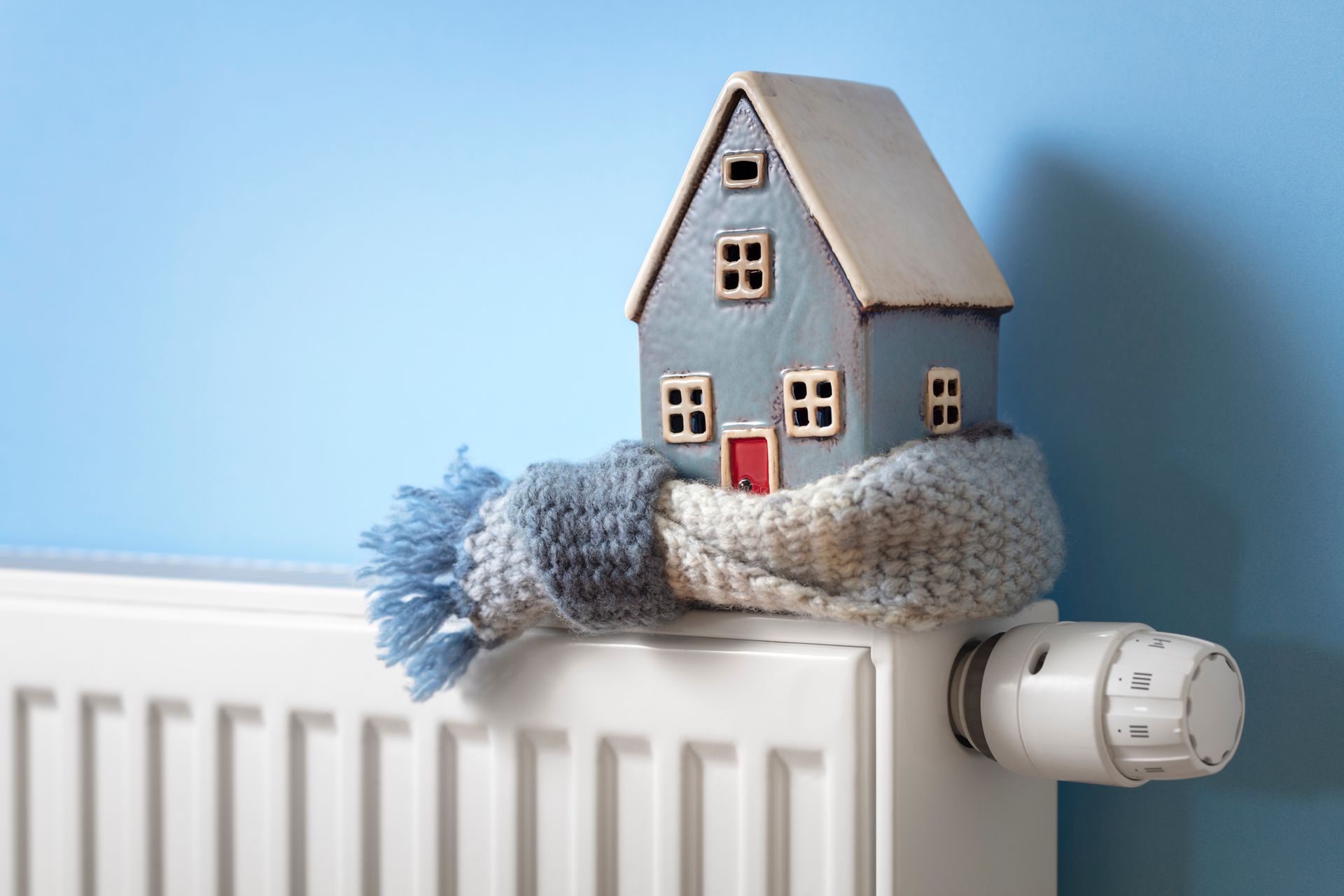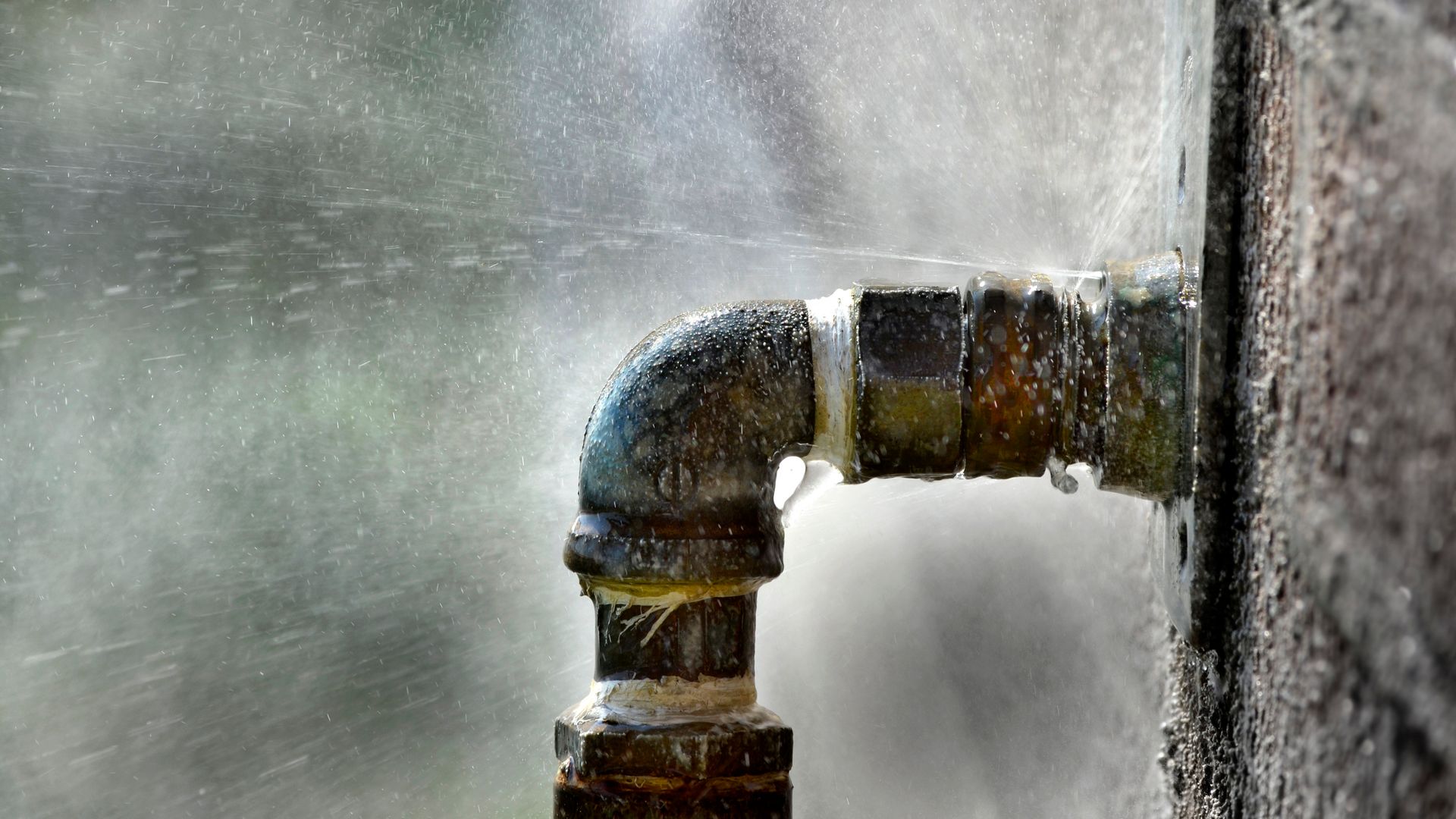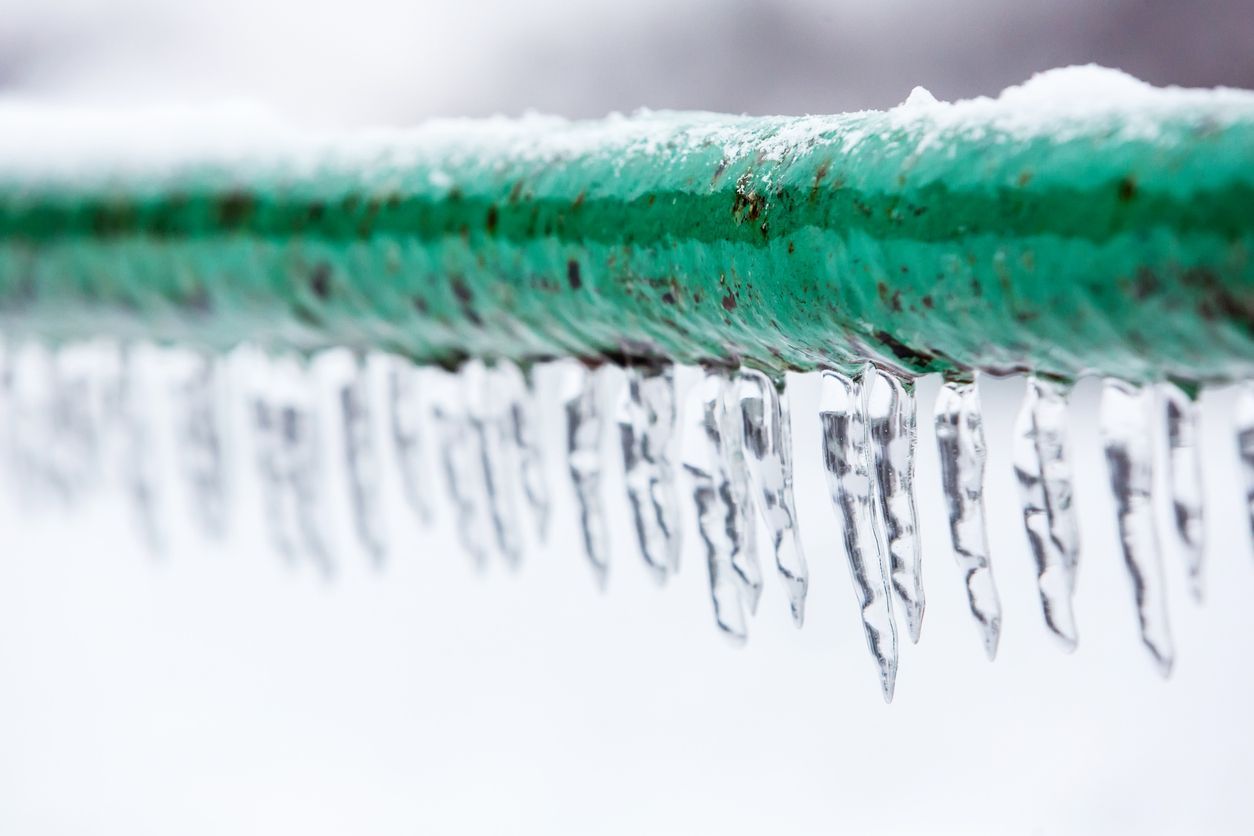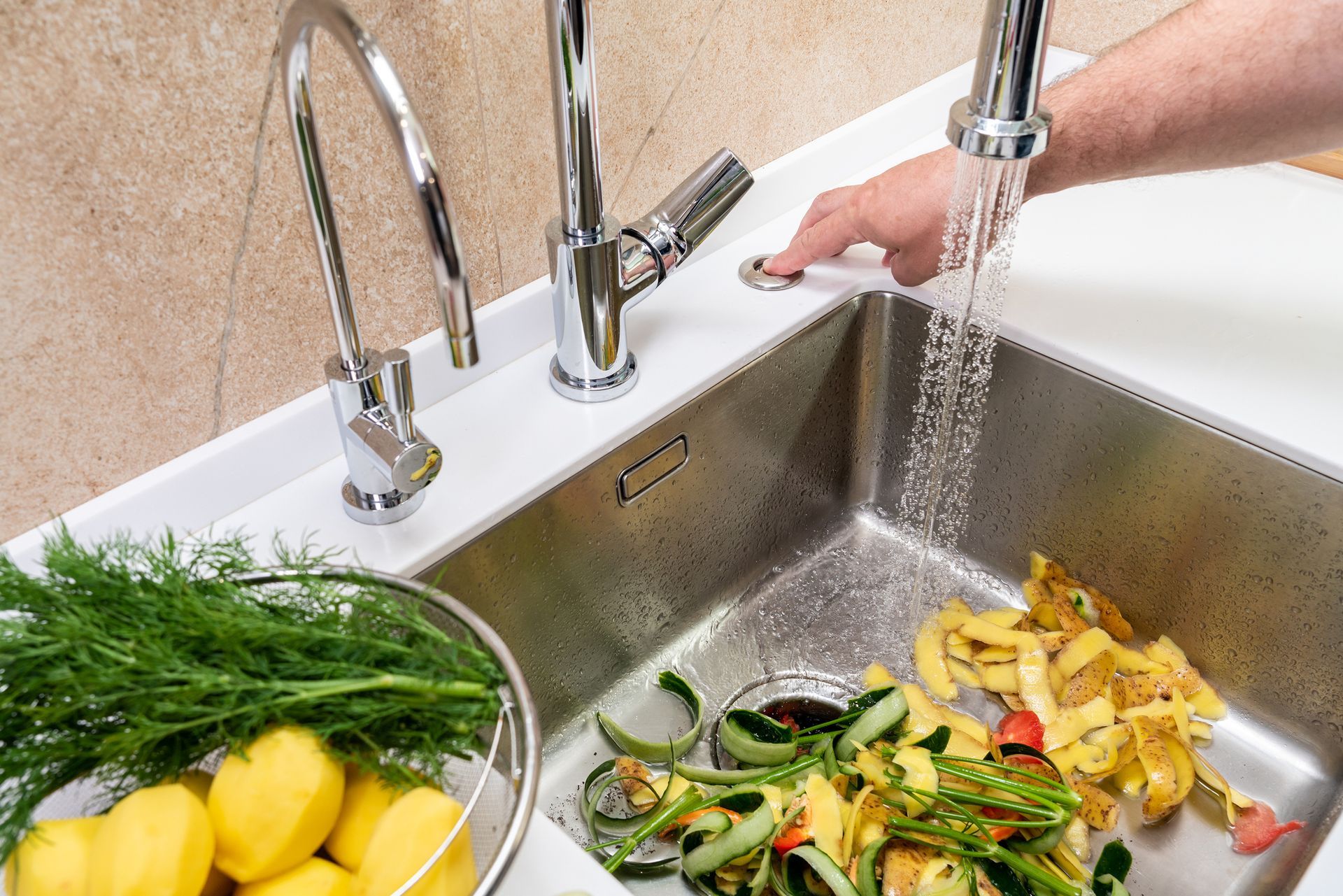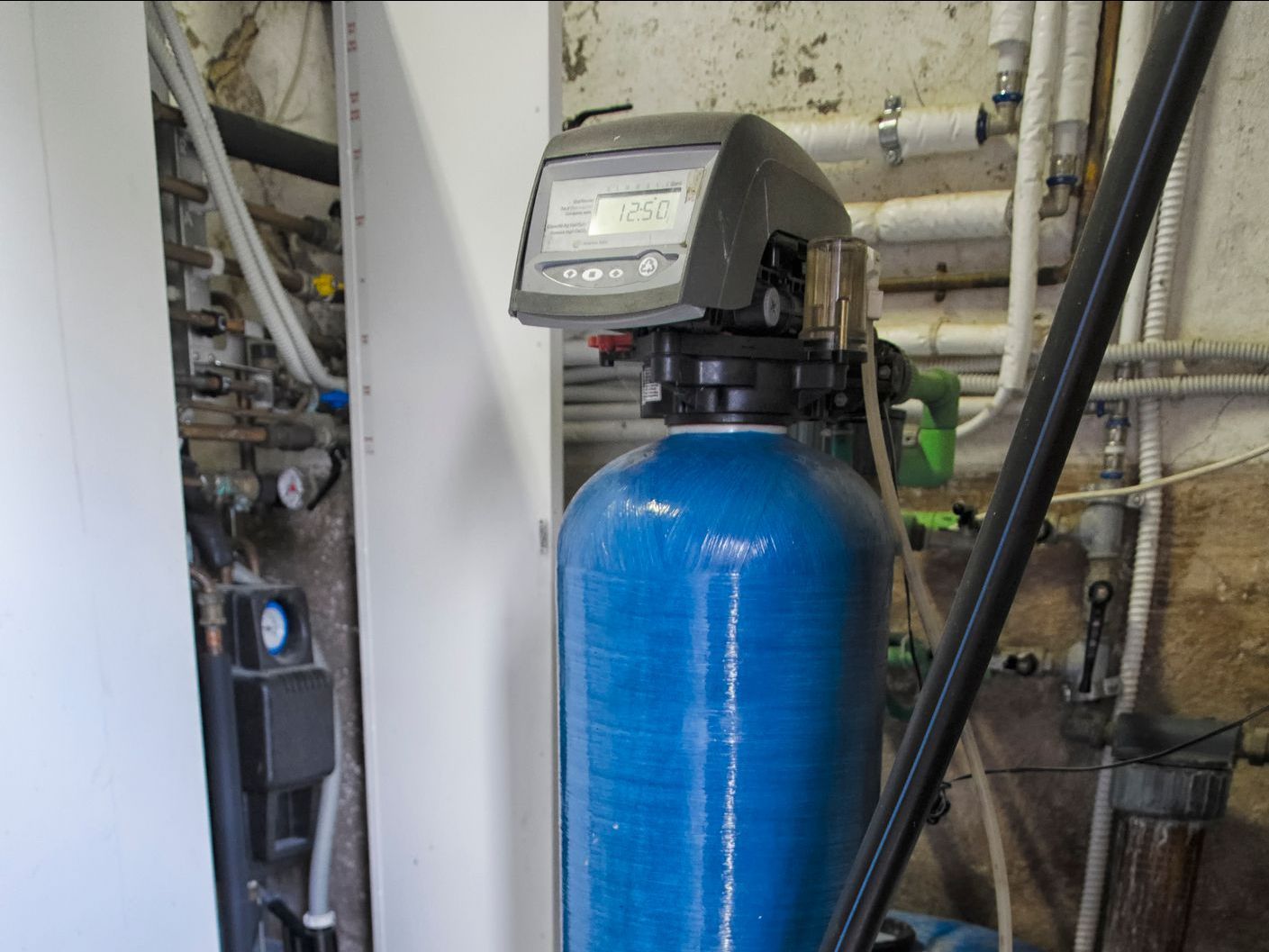Backflow Prevention 101: What You Need to Know
If you’ve never experienced it firsthand, you might not know what backflow is or why it’s so important to prevent it. Essentially, backflow involves water flowing in the reverse direction. Instead of flowing to the sewer system or septic tank, it flows toward the home and accesses the plumbing pipes for potable water.
What Causes Backflow?
Whether you realize it or not, you already have equipment in your home that is meant to provide backflow prevention in Horsham, PA. Specific plumbing features keep water from reversing direction. The two main reasons backflow happens anyway are malfunctioning equipment and poor water pressure.
Malfunctioning Backflow Equipment
Every plumbing fixture comes equipped with backflow prevention in Horsham, PA, to prevent cross-contamination between potable water and wastewater. If the device on a plumbing feature breaks or malfunctions, you’ll probably see backflow problems in that faucet.
Poor Water Pressure
Even in a low-flow faucet, some water pressure is necessary. That’s because low water pressure can lead to backflow by creating a vacuum in the plumbing system. The water will get siphoned backward in this case.
Common Devices for Backflow Prevention in Horsham, PA
There are plenty of ways to prevent backflow, and talking to your plumber can help you choose the best one for your home. Here are a few of the most popular options.
Double Check Valve Assembly (DCVA)
This process involves installing two valves in your plumbing system, with each valve located at a different point. This is a redundancy system that ensures backflow won’t occur if one of the valves breaks.
Pressure Vacuum Breaker (PVB)
This is another device that uses a series of valves to prevent cross-contamination. Instead of locating two valves in separate locations, this is a single device with multiple valves. It allows you to control the flow of potable water and wastewater through the assembly.
Reduced Pressure Zone Device (RPZD)
This is a more complex device that uses a couple of spring-loaded check valves in conjunction with three vertical test cocks. The device also has two shut-off valves.
Due to the sensitive nature of the components, you should never use an RPZD assembly outdoors where freezing temperatures are possible. RPZD devices won’t disrupt meter service, and you can use up to two devices in the same system.
The Plumbing Pros Can Help
Mallard Plumbing and Mechanical has been providing a broad range of plumbing services for many years. We can help you test for backflow problems and offer lasting solutions. If you’re ready to address this important issue, contact us today!
